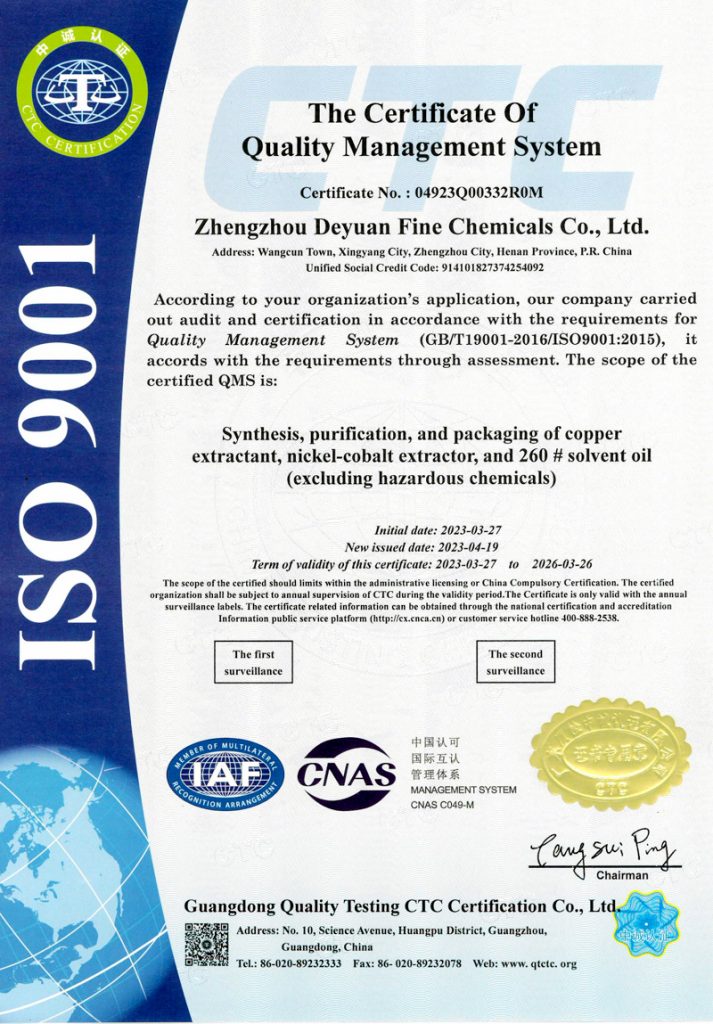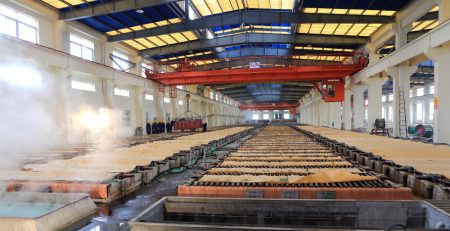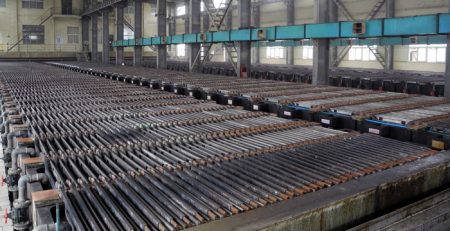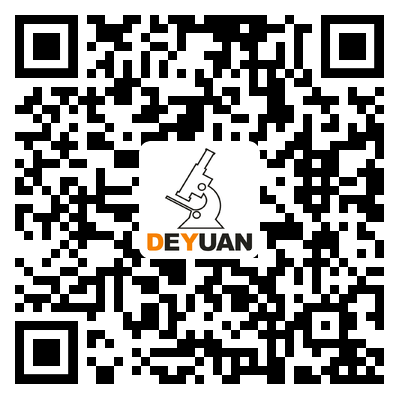The development trend of nickel cobalt extraction agent
Future prospects of nickel extraction industry and development trend of nickel cobalt extractants
The world is rich in nickel resources, mainly distributed in countries near the equator.
The global nickel resources are mainly divided into laterite type nickel ores and sulfide type nickel ores, with the respective proportions of 63% and 37% in the global resources. As laterite type nickel deposits are a typical weathering eluviation residual deposit, they are mostly formed in “near the equator” areas. The top five countries in the global nickel resource reserves are Indonesia, Australia, Russia, Cuba, and Brazil, with global proportions of 31.72%, 13.96%, 8.5%, 7.14%, and 6.26%, respectively.
The supply side of global nickel resources is concentrated, and nickel prices are greatly affected by Indonesia’s nickel resource industrial policies.
In 2021, Southeast Asia accounted for 55% of the global nickel production. According to data released by the United States Geological Survey, in 2021, the total output of global nickel mines was 2.7 million tons, with Indonesia and the Philippines having the largest production, accounting for 37% and 14% of global nickel mine production, respectively. In terms of producers, the top five nickel producers in the world are Norilsk, Vale, Jinchuan, Glencore, and BHP Billiton. In 2021, the five largest producers accounted for approximately 35.4% of global nickel production.
As a country with the largest nickel resource and supply in the world, Indonesia has announced a ban on the export of raw ore since 2014, and nickel prices have repeatedly risen due to changes in its industrial policies. Subsequently, Indonesia began to form a nickel processing industry chain. From banning the export of nickel ore raw materials in the past, it has gradually shifted towards the production of new energy battery raw materials, and plans to extend to the downstream industry layout, which will drive the global nickel price up.

The global nickel resource consumption is concentrated, presenting a “dual consumption” pattern.
Since 2013, China’s nickel consumption has accounted for 50% of global consumption. From the perspective of consumption structure, there is a “dual consumption” pattern, with the main consumer end being stainless steel and new energy vehicle batteries. Stainless steel is the largest downstream demand area for nickel, accounting for over 70%; Nickel consumption in the battery sector accounts for only 5%. In recent years, with the rapid development of the global electric vehicle industry, the development of the ternary battery market is expected to be good. The demand for nickel in this field may grow rapidly in the future. According to the prediction of the International Energy Agency (IEA), the global nickel consumption of new energy batteries will reach 928000 tons in 2030.
High nickel content of ternary batteries replaces cobalt used in batteries, raising expectations for nickel demand. New energy automotive battery companies have arranged nickel ore resources in advance, driving up nickel prices.
Currently, the cobalt price exceeds 350000 yuan/ton, while the nickel price is 190000 yuan/ton, indicating a significant cost advantage for nickel metal. In the face of increasing costs, global battery suppliers have changed the ratio of nickel cobalt manganese or nickel cobalt aluminum in ternary batteries from 6:2:2 to 8:1:1:1 or cobalt free. “High nickel and low cobalt” in ternary batteries can not only reduce costs and improve battery energy density, but also improve environmental effectiveness. High nickel content in ternary batteries has become a development trend. In response, power battery head companies such as Ningde Times, South Korea LG, BYD, and Japan Panasonic have successively arranged nickel resources through procurement or equity participation to prepare for the supply of high nickel batteries. Under the dual impetus of the explosive growth in the production of new energy vehicles and the development trend of high nickel content of ternary batteries, it is expected that the supply gap of nickel resources will continue to increase, continuously driving up the price of nickel.
In summary, recently, a large number of listed companies have invested in the nickel extraction industry, and the demand for nickel extractants has increased sharply. The future of the industry is foreseeable.
We special to focus on R&D metal extraction reagents, our major products as below:
- DZ988N/DZ973N/DZ902 copper solvent extraction reagent.
- DZ272 Nickel, cobalt, manganese, and magnesium separation extractant.
- DY319 high efficiency nickel cobalt co extraction extractant.
- DY377 efficient nickel and diamond separation extractant.
- DY366 new advanced nickel cobalt extractant.
- P204 (D2EHPA or HDEHP) extractant.
- DY301, DY302 for nuclear spent fuel recovery.
- Other extraction reagents for Vanadium extractant, Lithium extractant, Ferro extractant and rare earth extractant.





